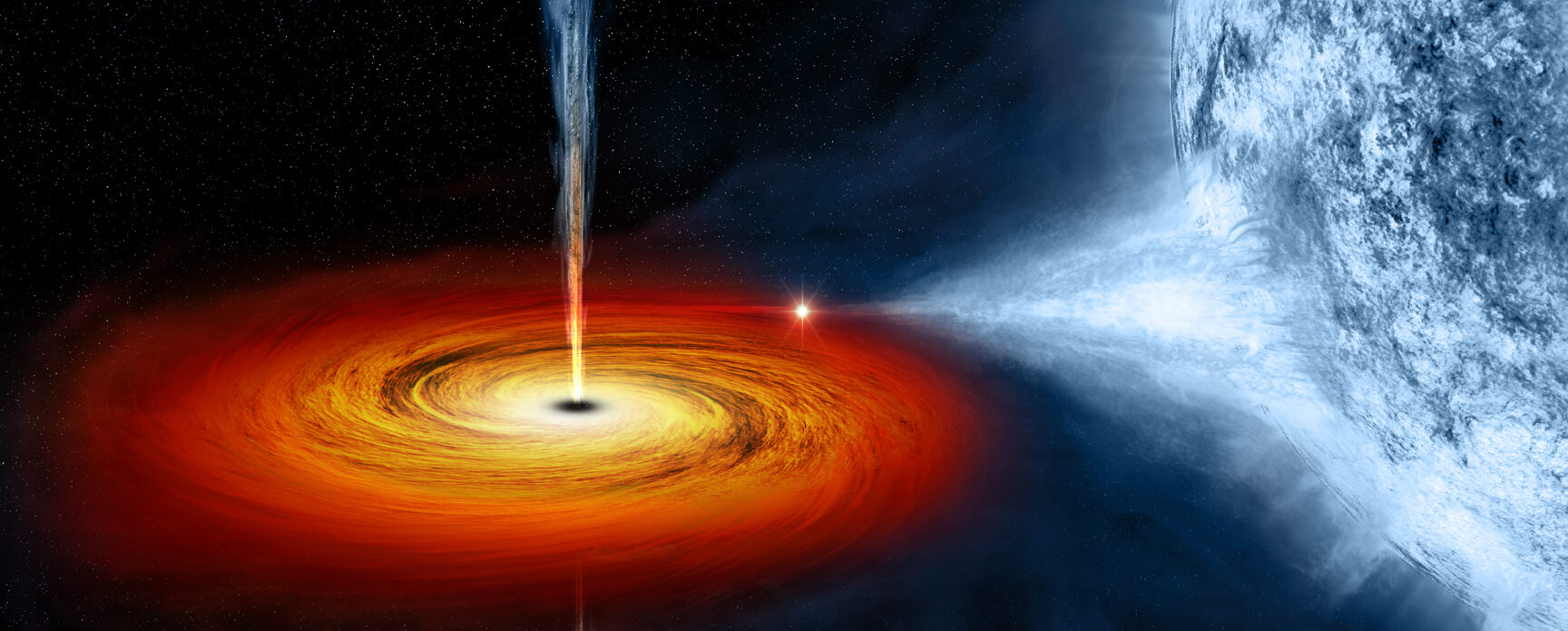Colibrì is a proposed X-ray telescope designed to unveil the mysteries of neutron stars and black holes. Nature’s densest objects, neutron stars and black holes, can grow by feeding on (accretion) disks of nearby material, can launch material at speeds near that of light (in what is called relativistic jets), and can warp the very space-time surrounding them.
Colibrì was selected in August 2018 by the Canadian Space Agency for a concept study, the first step towards defining a mission to accomplish these goals. If you would like detailed resources to simulate observations with Colibrì, please go to our resources page.
Our Colibrì is inspired by earth-bound colibrì, a type of hummingbird. As a camera needs to be very fast and sensitive to resolve the fast motion and beautiful colors of a hummingbird’s wings, Colibrì’s unparalleled timing and energy resolution over the energy range of 100 eV to 15 keV will be able to capture the fastest variability in the X-ray spectra of neutron stars and black holes while not missing a beat.
Colibrì observations will answer important questions:
How are relativistic jets launched? How is material transported in accretion disks? How do quasars affect their environments? What are the masses and radii of neutron stars? What is the structure of the spacetime surrounding black holes? What is the state of the atoms in the Universe?
The coldest place in outer space, an array of superconducting sensors at just a tenth of a degree above absolute zero, will be at the heart of Colibrì. When an X-ray hits one of these ultracold sensors, it drives the material from being a superconductor to a normal metal. By tracing this transition carefully, Colibrì could detect over 250,000 X-rays each second, measuring each one’s energy to a part in one thousand and its time of arrival to within a millionth of a second.
Image credit: NASA/CXC/M.Weiss
Icons made by https://www.freepik.com/ and https://www.flaticon.com/authors/eucalyp, from www.flaticon.com

